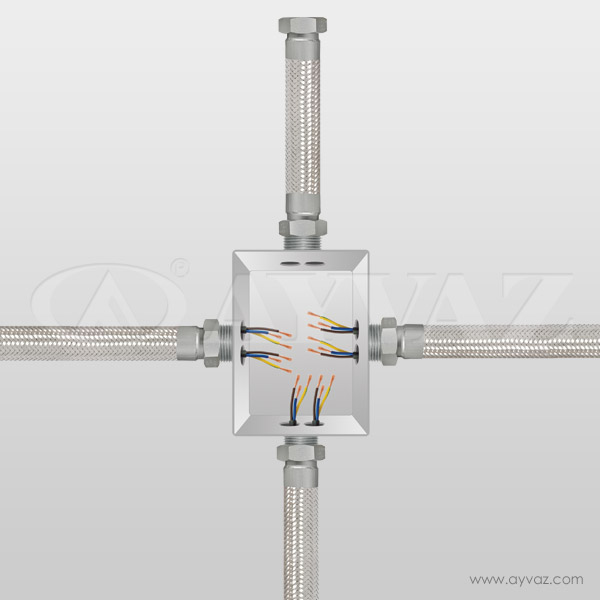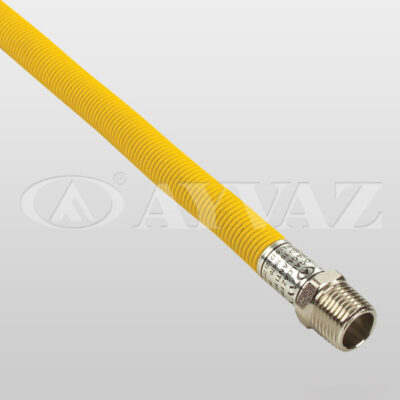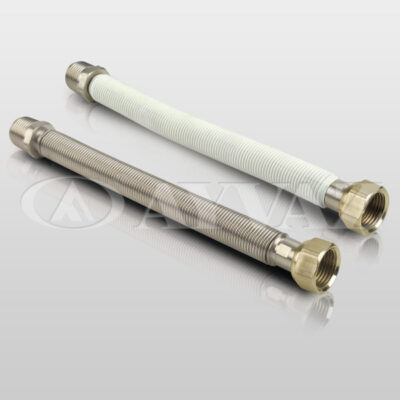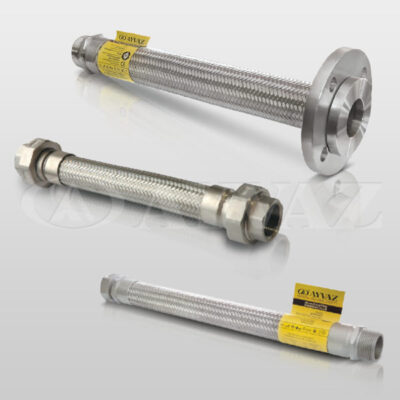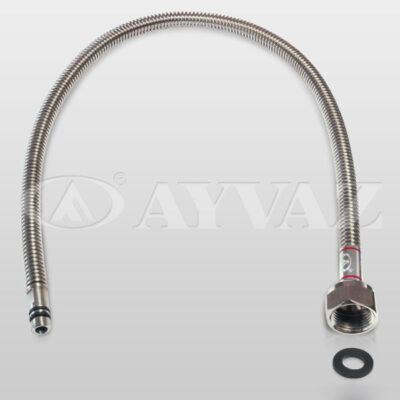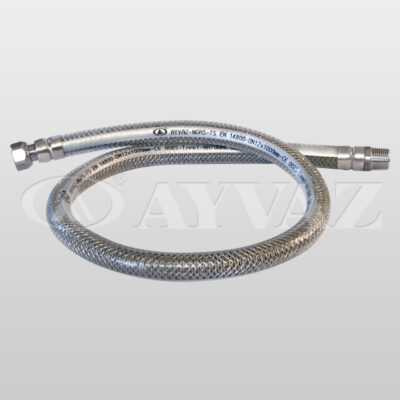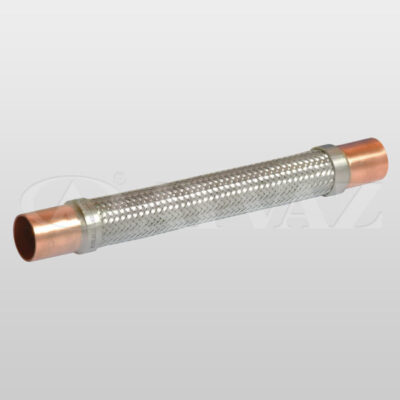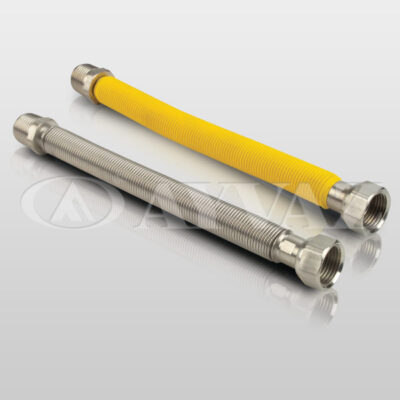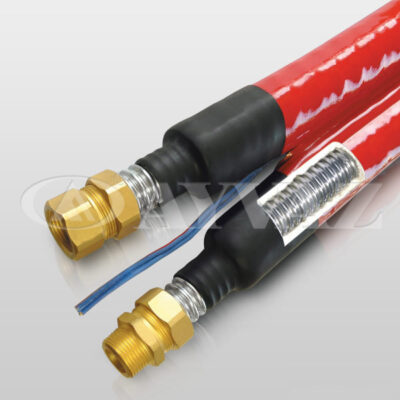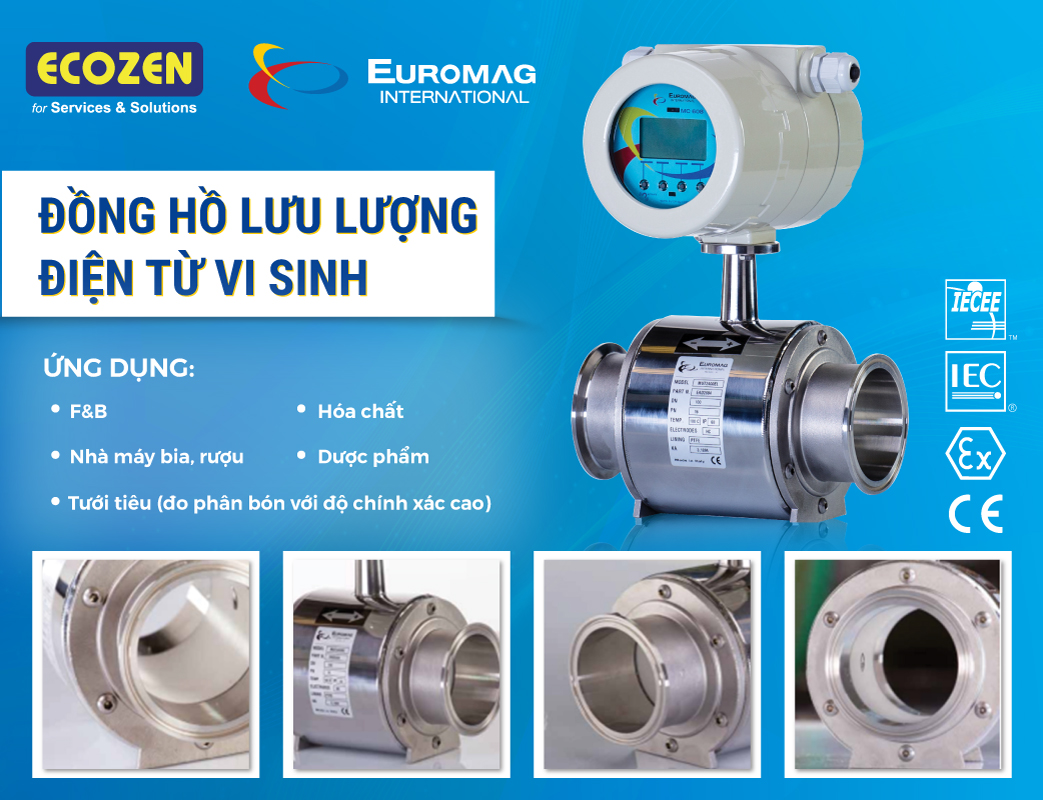Explosion proof is a term used to describe electrical and non-electrical fixtures that are designed and constructed to both withstand explosions and prevent explosions from occurring.
Explosion Proof Class Ratings
Class I
Environments containing flammable gases or vapors.
Class II
Environments containing combustible dusts.
Class III
Environments containing easily ignitible fibers or flyings
Flexible Metal Hose as Explosion Proof Apparatus
According to NFPA (National Fire Protection Association) “Apparatus enclosed in a case that is capable of withstanding an explosion of a specific gas or vapor that may occur within it and of preventing the ignition of a specified gas or vapor surrounding the enclosure by sparks, flashes, or explosion of the gas or vapor within, and that operates at such an external temperature that a surrounding flammable atmosphere will not be ignited thereby.”
Ayvaz flexible metal hoses are widely used as a protective cover for electric cables which are potentially subjected to produce sparks or arcs. Main purpose of the hoses is to prevent.
Hazardous areas that needs explosion-proof electric apparatus.
1. Petro-based product factory
2. Petroleum refinery plant
3. Tunnel digging site (Methane gas)
4. LP gas filling-up station
5. Crude oil base, LNG base
6. Petro/natural gas stockpiling area
7. Thermal power plant
8. Dyeing Factory (Paint)
Service Life and Installation
Service life of the hose is mainly dependent on the working conditions, application angle and temperature, correct installation is also very influential on the service life. For optimum service life of the hose assembly following features should be provided; The hose line should be installed without exposed to twisting.
• No torsion stress must occur neither during the assembly, nor the operating. Otherwise, the service life of the hose falls.
• Both ends of the hose and the movement must be on the same plate.
• Only one end of the hose must be tightened first to be assured that no twisting on the hose assembly occurs. Afterwards, the hose must complete its movement for couple time while it is in neutral position under no torsions.
• Finally the other end of the hose must be connected.

